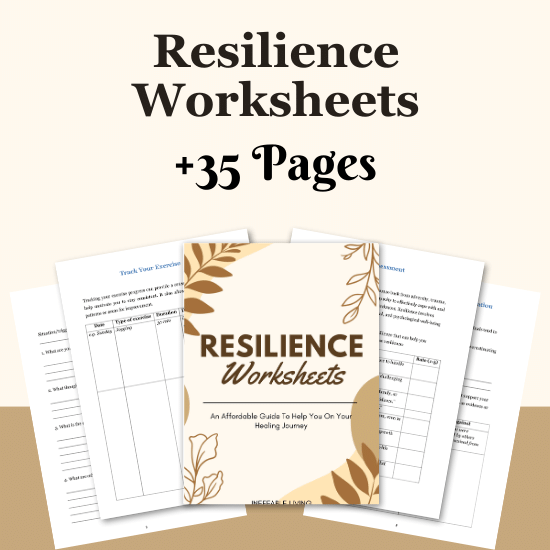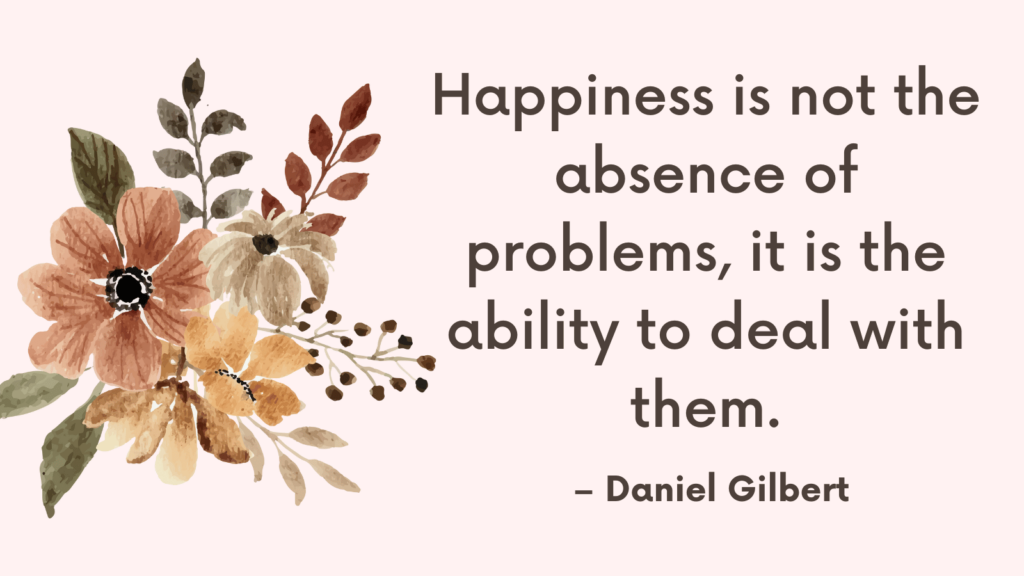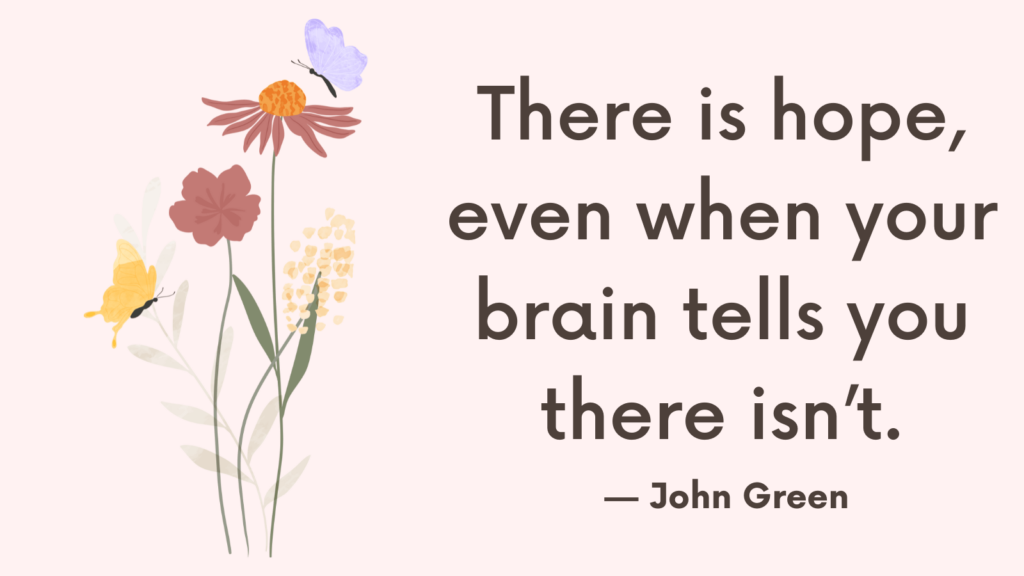In this post, you’re going to learn the difference between surviving and thriving.
What Does It Mean to Survive?
From a psychological perspective, survival involves maintaining mental and emotional well-being in the face of challenges, trauma, or stressors.
This resilience can encompass adapting to change, overcoming hardship, and finding meaning and purpose in life despite adversity.
What Does It Mean to Thrive?
To thrive means to experience growth, development, and fulfillment in various aspects of life, including physical, emotional, and psychological well-being.
Thriving goes beyond mere survival and involves flourishing in one’s personal and interpersonal functioning. It encompasses a sense of vitality, resilience, and satisfaction with life.
Thriving is often associated with positive psychology, which focuses on strengths and virtues that enable individuals and communities to thrive.
It involves experiencing positive emotions, engaging in meaningful activities that align with one’s values, nurturing fulfilling relationships, and finding purpose and meaning in life.
Related: Top 10 Signs You’re Stuck In Freeze Response
Survive Vs Thrive
Surviving typically involves coping with adversity, managing stressors, and demonstrating resilience in the face of difficult circumstances.
It often entails the ability to navigate and endure challenging situations, such as trauma, loss, or significant life changes.
While surviving is essential for enduring hardship, it may involve a focus on immediate, short-term coping strategies.
On the other hand, thriving encompasses a state of flourishing and growth beyond mere survival.
Thriving involves experiencing a sense of vitality, fulfillment, and well-being in various aspects of life.
It encompasses not only the absence of distress but also the presence of positive emotions, meaningful connections, and a sense of purpose.
Thriving often reflects an individual’s ability to cultivate strengths, pursue personal growth, and find joy and satisfaction in their daily experiences.
Related: 7 Trauma Release Exercises To Support Your Recovery After Trauma
How to Make The Transition from Surviving to Thriving?
From a psychological perspective, the transition from survival to thriving often involves moving beyond the management of crisis and trauma to actively engaging in activities that promote personal growth, self-discovery, and the pursuit of meaningful goals.
1. Build Resilience
Cultivate a growth mindset to view challenges as opportunities for learning and growth, fostering self-efficacy and empowerment.
2. Foster Positive Emotions
Engage in gratitude practices, mindfulness exercises, and acts of kindness to promote emotional well-being and resilience.
3. Pursue Meaningful Goals
Set achievable and personally meaningful goals to provide direction, purpose, and motivation in the journey toward thriving.
4. Cultivate Social Connections
Nurture healthy relationships and seek social support, as strong social connections are linked to greater well-being and resilience.
5. Prioritize Physical Health
Maintain physical well-being through regular exercise, adequate sleep, and a balanced diet to support overall mental and emotional well-being.
Related: Complex PTSD And Nightmares: Top 9 Ways to Cope

Conclusion
While surviving may involve the development of coping skills and resilience, thriving often entails the cultivation of positive emotions, the utilization of strengths, and the pursuit of activities that nurture one’s overall well-being.
It is important to acknowledge that individuals may move between periods of survival and thriving, and both states are integral to the human experience.



